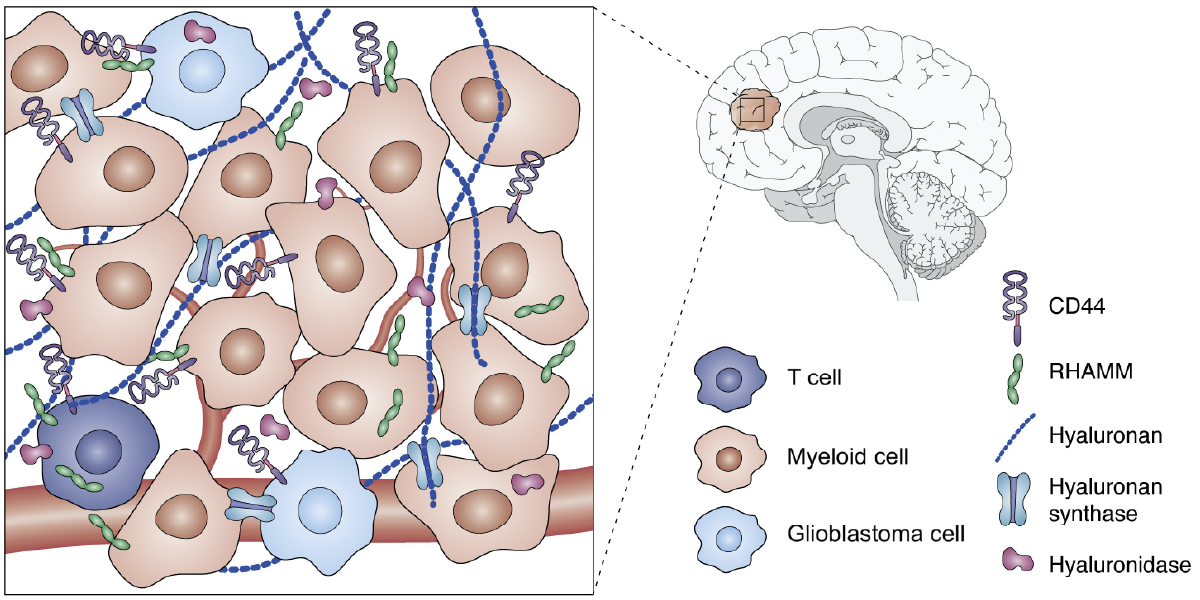Cell therapies are a new hot topic in the field of medicine, as they hold immense potential to cure various types of cancers by using a genetically modified cell from the patient to attack cancer cells in the body. This requires proper activation of the immune cell as well as a successful ability to bind to the cancer cell antigens.
Continue reading “The Squish Factor Matters: How Cell Mechanics Impacts Immune Therapy Outcomes”Tag: cancer
Your ankle could replace your knee! – How Rotationplasty gives ankles new function.
Typically, the joys of childhood that adults reminisce about include carefree playing, running, and jumping—not cancer. Despite this, childhood cancer affects nearly 10,000 children in the U.S. every year, and of these cases, about 500 (2 percent) involve osteosarcoma. Rotationplasty is a surgery that can give childhood osteosarcoma survivors requiring amputation the best chance of running and jumping again, just like before.
Read more: Your ankle could replace your knee! – How Rotationplasty gives ankles new function. Continue reading “Your ankle could replace your knee! – How Rotationplasty gives ankles new function.”Pressed and stressed: How understanding tumor biomechanics may be the future for treating patients with triple-negative breast cancer
Despite unstinting interventions such as chemotherapy and surgical tumor removal, approximately 40% of patients with stage I-III triple-negative breast cancer (TNBC) will experience tumor recurrence. Fortunately, not all hope is lost. The advent of immune checkpoint blockade (ICB) immunotherapy—a type of therapy that uses one’s own immune cells to kill the cancer—has shown great promise for the treatment of TNBC. However, as Dr. Azra Raza says in her book, The First Cell: And the Human Costs of Pursuing Cancer to the Last, these “immune approaches are not universally curative and, at present, help very few patients.”
Continue readingSensing tension in the brain tumor microenvironment
According to Azra Raza, a Professor of Medicine at Columbia University in New York, high-grade brain cancer called glioblastoma is “one of the most aggressive, ruthless killers known to mankind”. Indeed, despite recent advances in cancer therapies, glioblastoma remains incurable with a median survival of 15 months which has not improved substantially in the last 20 years. This poor prognosis is, in part, due to the highly immunosuppressive microenvironment that allows tumors to evade anti-tumor immune response and promotes resistance to immunotherapy – a kind of therapy that uses your body’s own immune system to find and eliminate tumor cells.
Continue reading “Sensing tension in the brain tumor microenvironment”Curing Cancer: a Giant Problem with a Nano- Solution
What if scientists could treat cancer without the extreme side effects of chemotherapy? Could scientists create a tiny way to cure a giant health crisis? Nanoparticle drug delivery systems could be the answer to our prayers.
Continue reading “Curing Cancer: a Giant Problem with a Nano- Solution”



